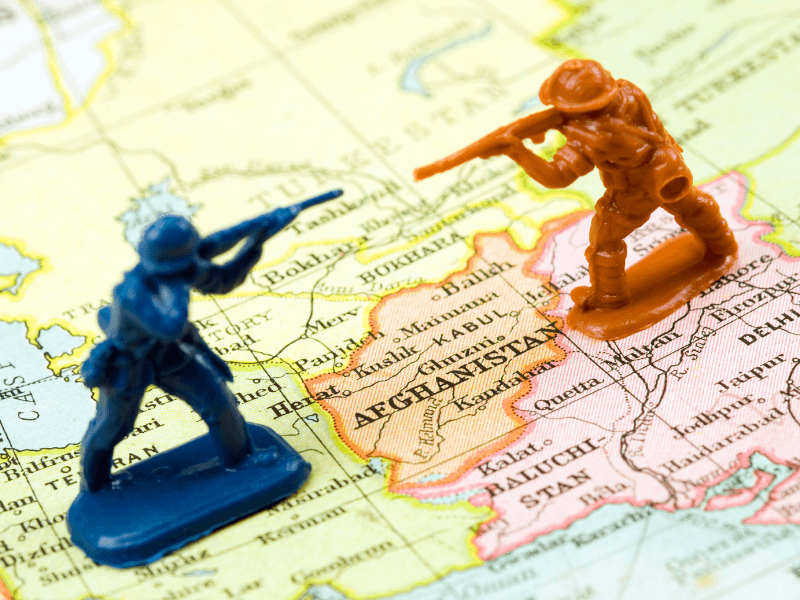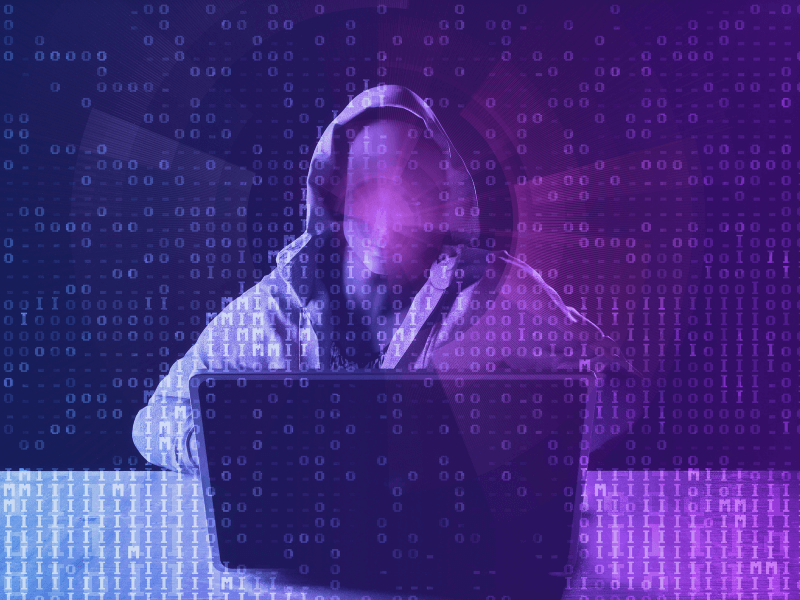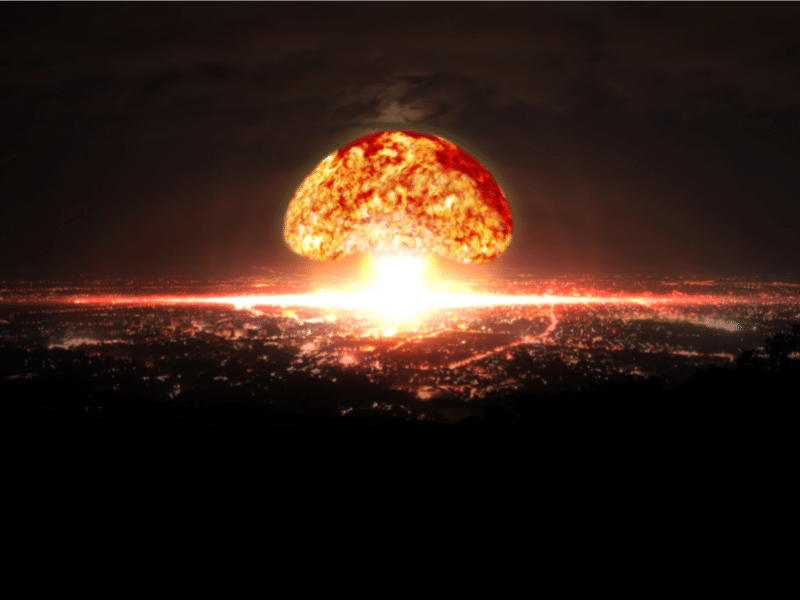Hot East-West War: Risks, Heroes, and Hope for Humankind
Avi Schnurr, CEO, and President of Electric Infrastructure Security Council

In just a few weeks, a nightmare has upended the lives of the bakers, baristas, utility workers, software developers, friends, politicians, mothers, fathers, and children of Ukraine, many of whom have quietly, heroically staked their lives as the price of their freedom. Yet the catastrophe that started just north of the Black Sea has transformed the entire world, and we find ourselves faced with explicit threats of civilization-scale catastrophe.
Global cyber war? Nuclear attack? If by chance, you happen to live on the 3rd planet out from our sun, this is not a happy moment.
From the US Department of Homeland Security to CNN, analysts are now grappling with the specter of the world’s new geostrategic instability and the possibility that the infrastructure heartbeat of our pandemic-punchy world could go quickly from unstable to flatline.
The New York Times: “Since the end of the Cold War, it has been easy enough for most people to disregard the possibility of a nuclear attack; the conflict in Ukraine has thrust it back into view.”
The US Department of Homeland Security: If Russia feels the US and NATO are threatening its long-term security interests, the agency warned, “Russia maintains a range of offensive cyber tools” that it could use in “destructive attacks targeting critical infrastructure.”
What can we do?
If you’re like me, you’re already bone weary from the inescapable flood of news and images from the continuing, inhuman horrors of Putin’s war against his neighbors, not to mention the war’s terrifying implications for the world. Few of us are in a position to help, either with the human tragedy in Ukraine or the cyber/nuclear monster that is now channeling our nightmares.
So, once again, what can we do?

Here’s an idea, what if we accept that the unprecedented, unthinkable risks to our life-sustaining infrastructures are real and (hold on to your coffee mug here) consider working together to prepare?
Truly prepare, in a massive – and effective – way.
So that if God forbid, the worst happens some years hence, our nations will have what they’ll need to restore, recover and rebuild. And, if we get serious about it, perhaps it would make the risk of an adversary nation trying such an adventure just a bit less likely.
Make sense?
Ok, then let’s try it. And let’s make this blog post the kickoff event for a project that can bring together people and organizations worldwide to work on it – we’ll call it the Human Continuity Project™ (HCP).
For the project’s focus, we need you to imagine the worst. Take a massive Black Sky catastrophe, such as a runaway cyberattack or nuclear EMP strike, as an example. These catastrophes could disrupt national power grids and cause cascading failures of all the other infrastructures they power. In the event this occurs, there would be much to be done, but what are the most critical gaps? What are the missing capabilities and tools we will need to repair, restore, and recover?

Surprisingly, investing in a handful of critical, Black Sky-class “core” capabilities could make an enormous difference in enabling recovery from catastrophes. All either exist in some form or are already under development, and we’re actually well-positioned to take the necessary steps, that is, to refocus, expand, and widely deploy these capabilities if (always a dangerous word) we can find a way to work together and make it happen.
What are these four essential core capabilities?
1. To restore and recover, we’ll need to talk

Imagine a subcontinent-scale power outage that stretches out for weeks or longer. The most immediate requirement will be to communicate: send messages and share critical data. Decision makers in all sectors will need to talk with other corporations, suppliers, financial service providers, shippers, government offices, and all the other interdependent organizations that keep our world going. We will need widely deployed, fully interoperable nationally and globally deployed voice and data emergency communication systems – protected against cyber, EMP, and other more conventional hazards. And to do the job, such systems cannot depend on the power grid or national telecommunication systems.
2. Managing chaos
Decision makers will need help to acquire and respond to a flood of chaotic information to keep restoration and recovery on track. Sorting through the chaos will require an AI-powered situational awareness and decision support system that interconnects all critical infrastructures and their suppliers.
3. Continuing emergency power
Most vital facilities have emergency power, but typically such systems are massive, powering the bulk of an organization’s equipment for hours or a couple of days – but that’s not long enough. Some of the world’s most resilient companies are supplementing such systems with small, cheap, long-duration modules that will be able to keep the most critical equipment running for weeks. This capability must show up at most, not some of the world’s critical assets.
4. Robust grid restart following any disaster
All power grid operators maintain capabilities to “blackstart” or restart their portion of the power grid. Yet these capabilities are challenged by economic factors, often don’t include protection against EMP and other extreme hazards, and typically will need to be updated to operate in the low carbon grid that has become a primary policy driver for the industry.
Existing blackstart capabilities need to be strengthened, and fundamental government and industry policies need to be updated to close the existing gaps in a capability that will be absolutely essential to recovery from any extreme grid outage.

Want to help?
Focusing on these four core capability gaps is just the beginning. But if we can accelerate work in these areas and close these gaps before an unthinkable disaster hits, our world will have what it needs to begin working its way out of the disaster.
Want to help? Discover more about the Human Continuity Project in one of our many
webinars. Or even
make a contribution to our important mission and help us bring together the people who can protect our critical infrastructures.
If we stand together, we can move the world.





